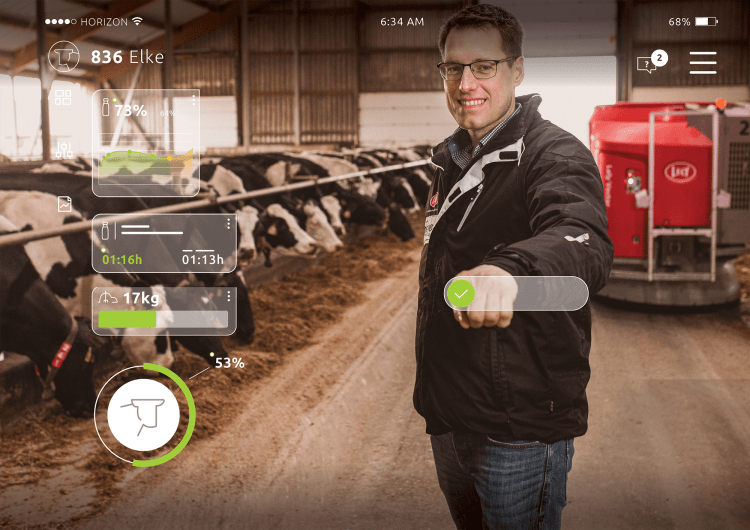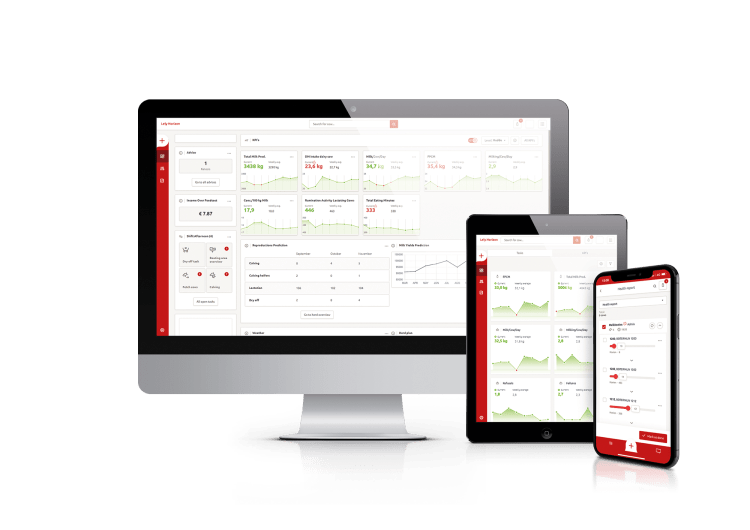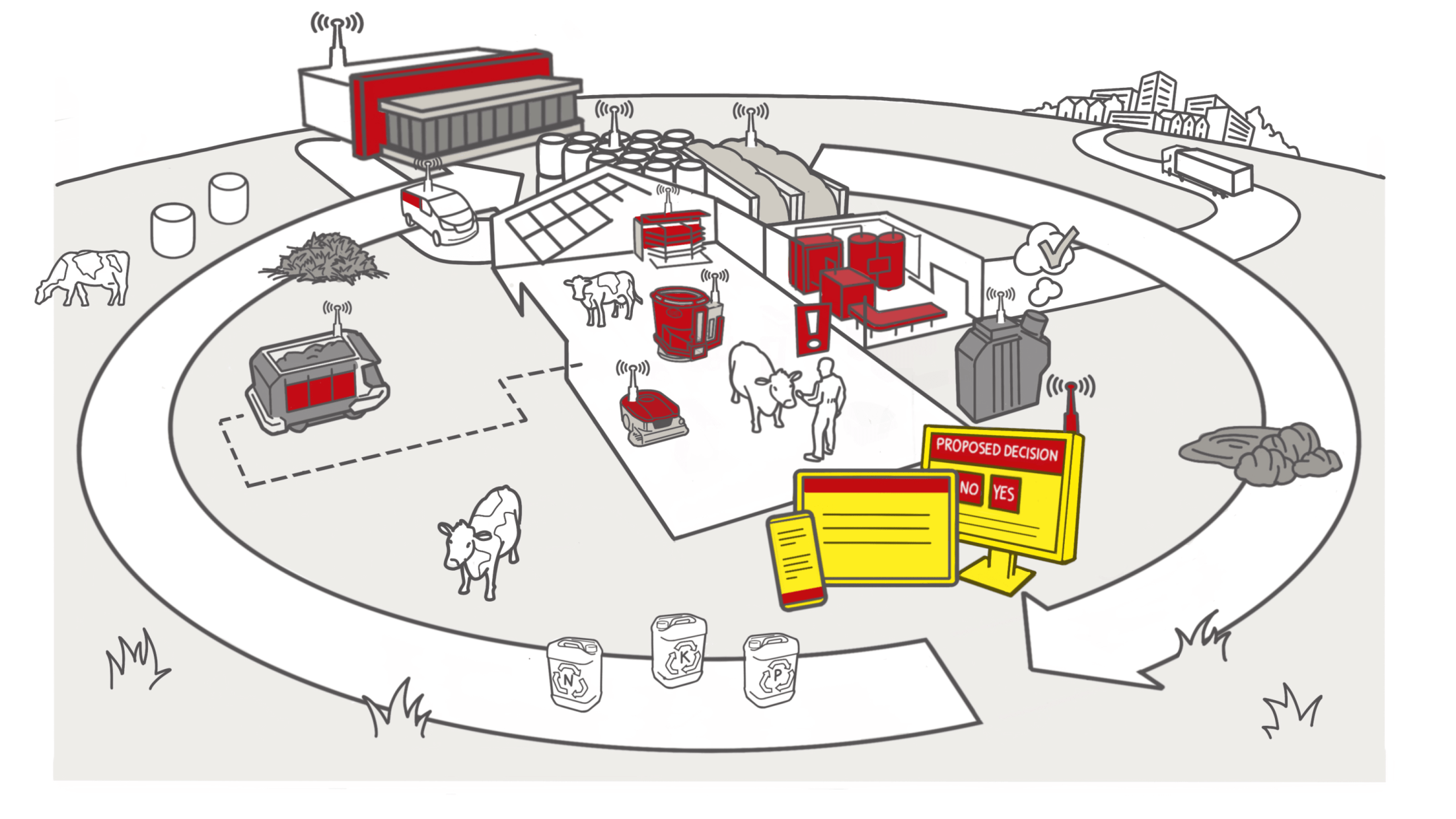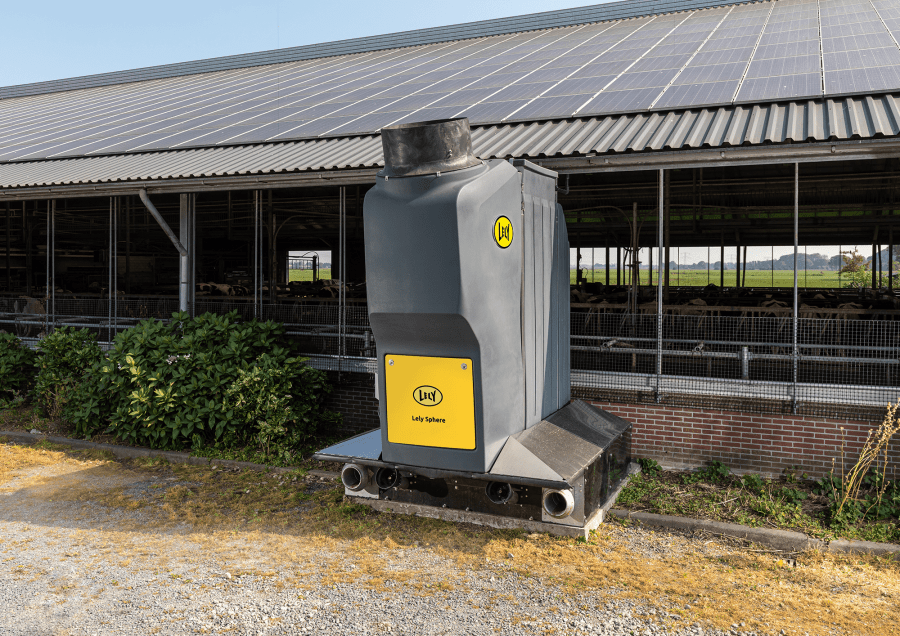FUTURE FARM
During the Lely Future Farm Days (LFFD) in October 2020, we presented three new Yellow Revolutions. What has happened since the launch, where are we now, and what can we expect from these groundbreaking innovations?
Sphere, Exos and Horizon: where are we at?
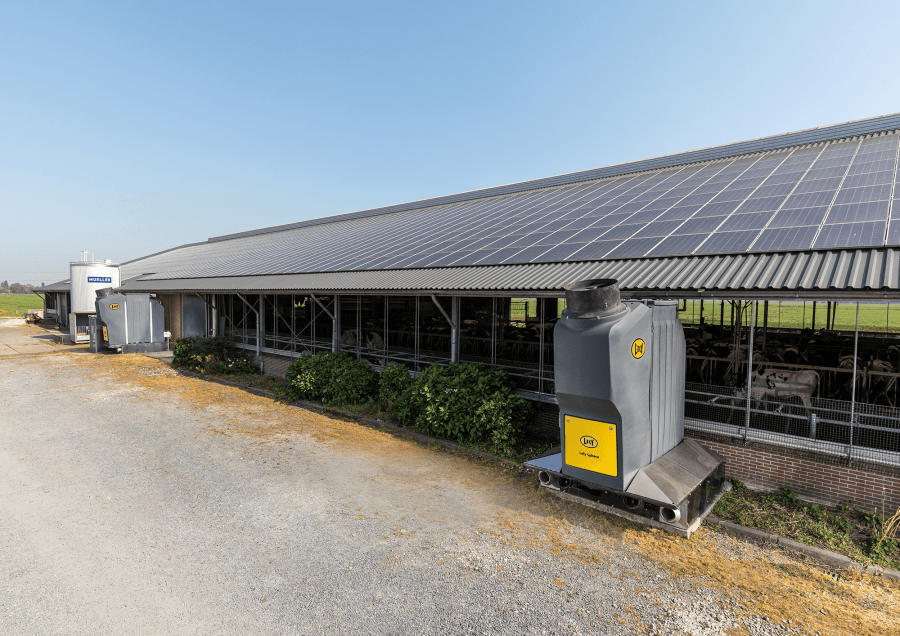
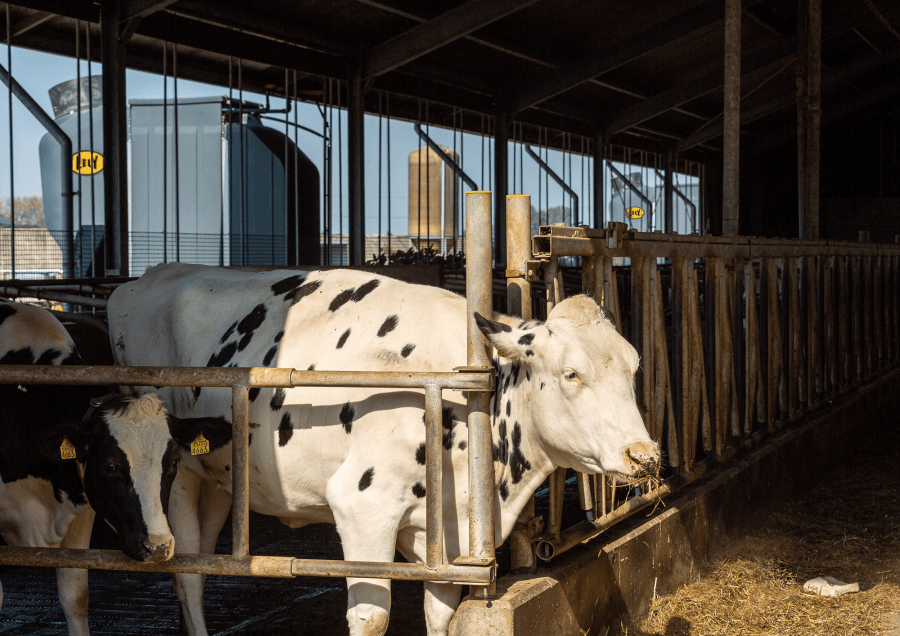
Lely Sphere
After the launch in October, we started setting up 10 test farms. The first three Spheres have now been installed, and the fourth will follow in March/April. The objective of these test farms is to verify and validate the Sphere is working properly. In this context, we’re collecting information about nitrogen and ammonia emissions, and how they benefit the country. For the time being we’re mainly focusing on the south of the Netherlands, where farmers are urgently looking for ways to reduce their nitrogen emissions.
We are now waiting for RAV recognition, a Dutch certificate that indicates how low your nitrogen emissions are. On the basis of the RAV factor achieved, livestock farmers can apply for a subsidy. As soon as we have this recognition, we will install, test and validate the following validation machines, before continuing further rollout (only in the Netherlands for the time being).
In the meantime, we’re preparing the organisation for a successful commercial launch. We deliberately decided not to organise the sale, installation and service of the Sphere via the Centers for the moment, but via a new innovation activity. This means we can be sure the product and service are fully developed when we transfer them to the Centers, and save them any worries in this aspect.
Lely Horizon
After the LFFD, our team of experts, Clusters and Centers continued working hard on the Horizon platform and training. For Lely Horizon to meet customer requirements, we have to validate every single step. Not only the software itself but also, for example, the customer onboarding process. Our Horizon validation farmers, together with FMS advisors, provide daily feedback. This is key to fine-tuning the technology.
Horizon will offer customers and Lely Centers, positive digital changes. We recognize the power of data and, therefore, Horizon’s importance. And we know that we have to take our customers and the entire distribution network with us in this transition.
So what’s happening in the next few months? It’s vital we continue to optimize the system and processes. The quality of the platform and a great user experience are most important.
The Horizon software is almost ready. But our Centers also have to be ready, so we have their full enthusiasm and confidence once we start roll out.
The target – moving 90% of customers to Horizon – is important to hit. We need to have our customers on board in this digital transition. To reach this goal, Lely must ensure customers and Lely Centers have a positive transfer experience.
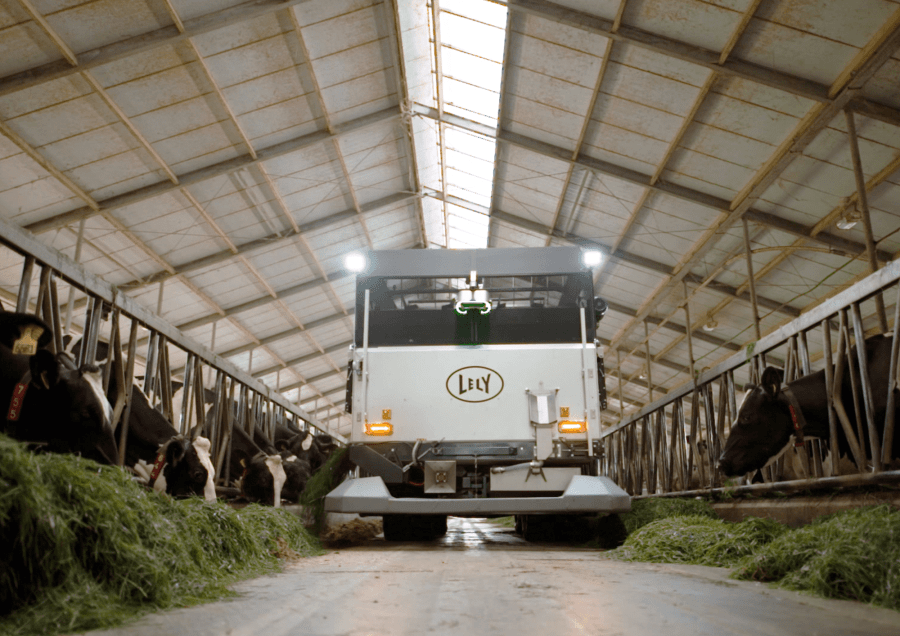
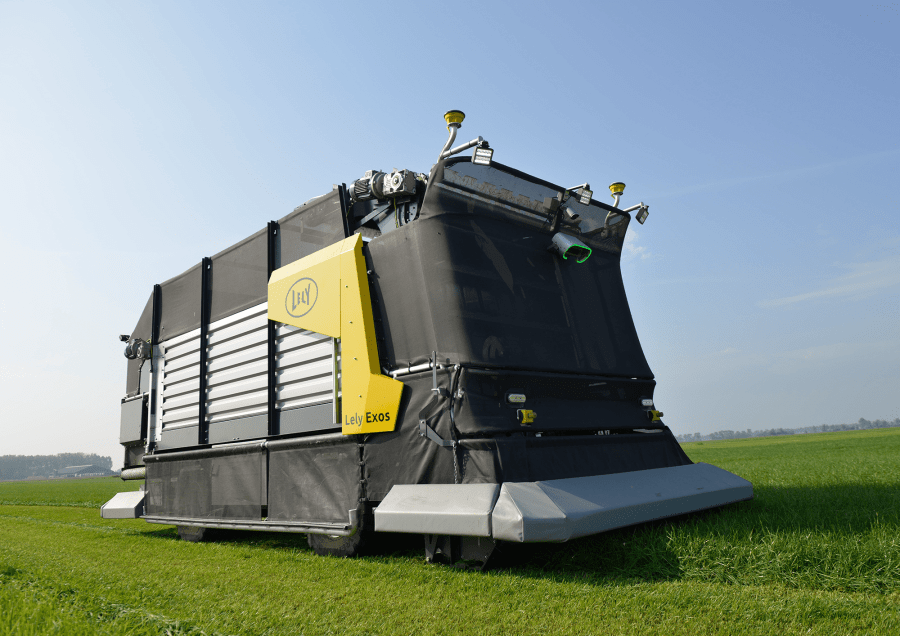
Lely Exos
The Exos, a system that allows dairy farmers to feed a large part of their grassland production in fresh form, was also launched at the same time. After a successful 2020, when we were able to mow at a number of test farms until December, we will start afresh this year with a larger and more diverse group of test farms. Throughout the mowing season (March to December), we can collect data and gain experience from this larger group. We will mainly look for the frameworks within which the system can be applied, and where improvements are possible. For example, we will investigate the combination with grazing, look at which farm sizes and systems suit the Exos, and, of course, how our test customers feel about and use the machine.


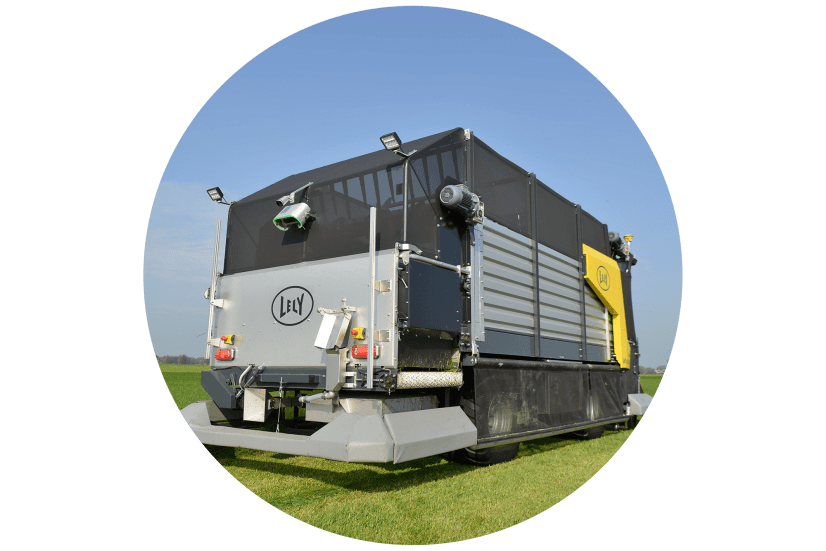
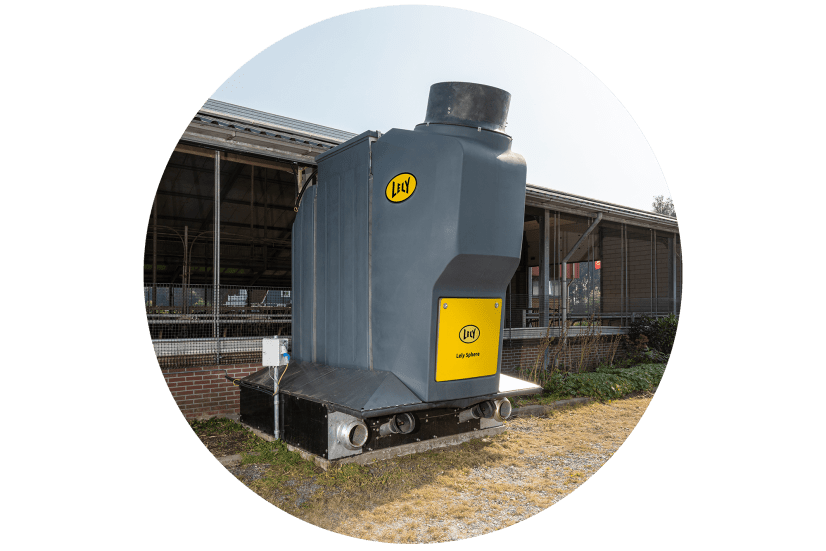
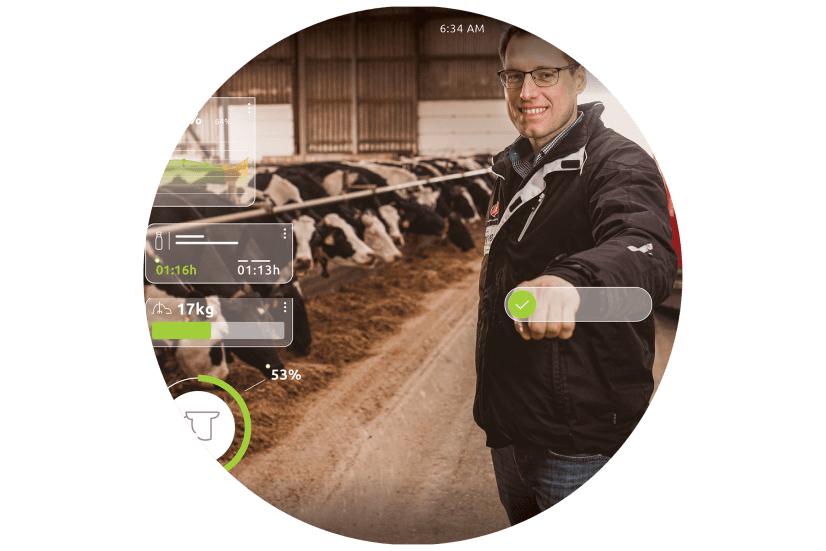



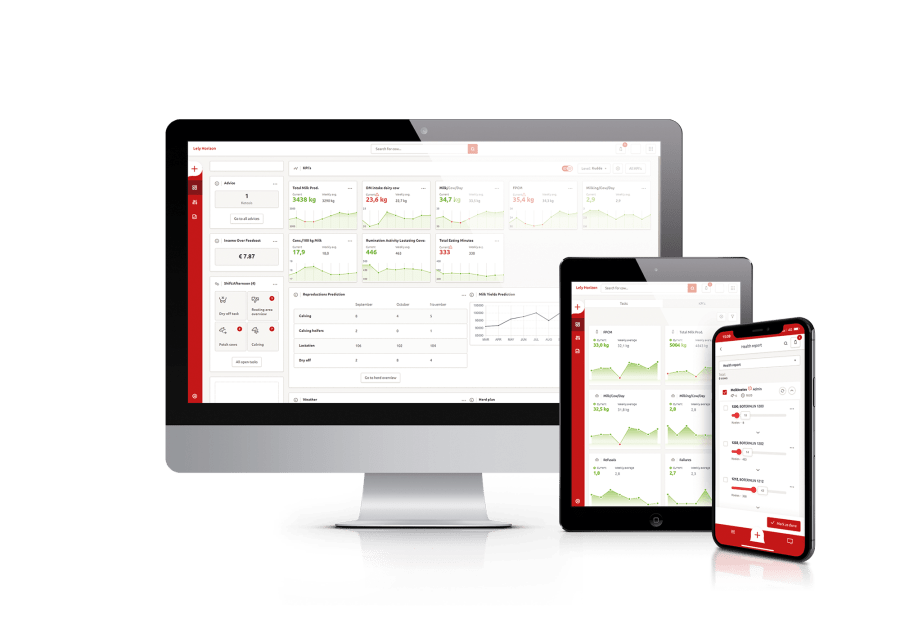
FUTURE FARM

Sphere, Exos
and Horizon: where are we at?
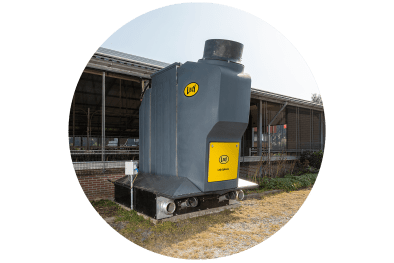
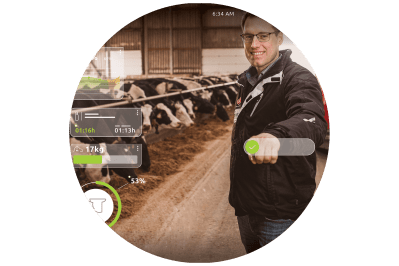
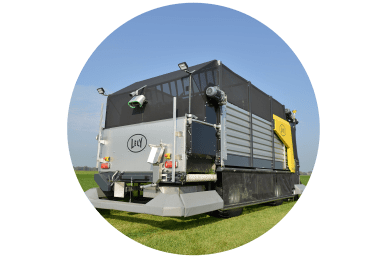
During the Lely Future Farm Days (LFFD) in October 2020, we presented three new Yellow Revolutions. What has happened since the launch, where are we now, and what can we expect from these groundbreaking innovations?
Lely Sphere
After the launch in October, we started setting up 10 test farms. The first three Spheres have now been installed, and the fourth will follow in March/April. The objective of these test farms is to verify and validate the Sphere is working properly. In this context, we’re collecting information about nitrogen and ammonia emissions, and how they benefit the country. For the time being we’re mainly focusing on the south of the Netherlands, where farmers are urgently looking for ways to reduce their nitrogen emissions.
We are now waiting for RAV recognition, a Dutch certificate that indicates how low your nitrogen emissions are. On the basis of the RAV factor achieved, livestock farmers can apply for a subsidy. As soon as we have this recognition, we will install, test and validate the following validation machines, before continuing further rollout (only in the Netherlands for the time being).
In the meantime, we’re preparing the organisation for a successful commercial launch. We deliberately decided not to organise the sale, installation and service of the Sphere via the Centers for the moment, but via a new innovation activity. This means we can be sure the product and service are fully developed when we transfer them to the Centers, and save them any worries in this aspect.
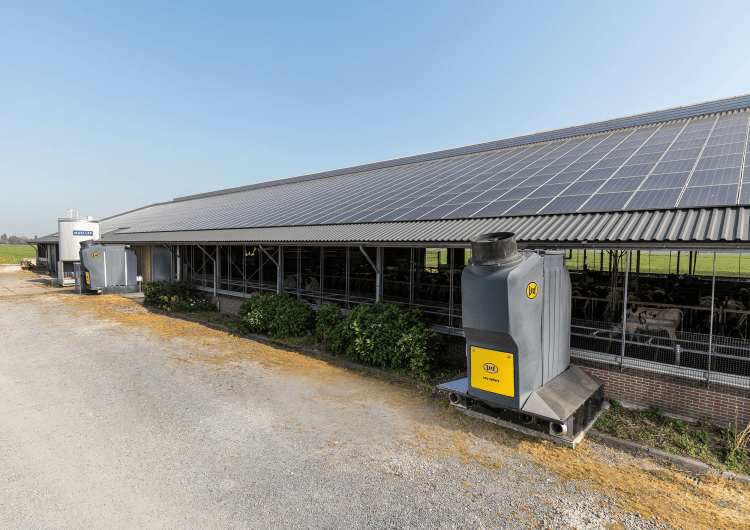
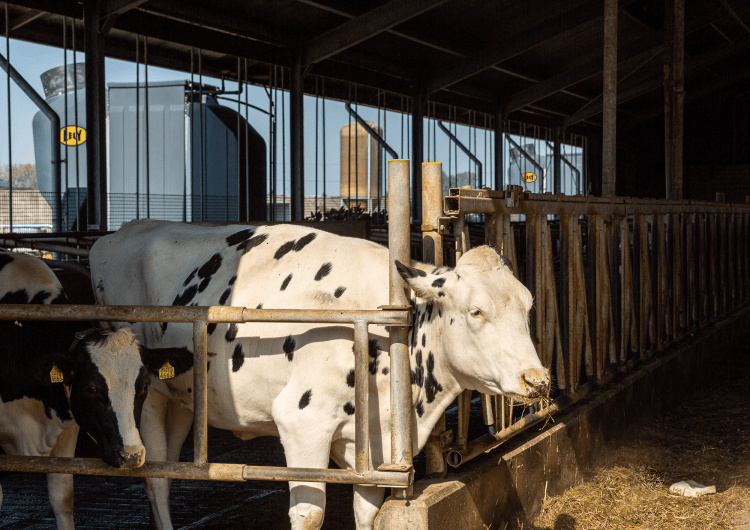

Lely Exos
The Exos, a system that allows dairy farmers to feed a large part of their grassland production in fresh form, was also launched at the same time. After a successful 2020, when we were able to mow at a number of test farms until December, we will start afresh this year with a larger and more diverse group of test farms. Throughout the mowing season (March to December), we can collect data and gain experience from this larger group. We will mainly look for the frameworks within which the system can be applied, and where improvements are possible. For example, we will investigate the combination with grazing, look at which farm sizes and systems suit the Exos, and, of course, how our test customers feel about and use the machine.

Lely Horizon
After the LFFD, our team of experts, Clusters and Centers continued working hard on the Horizon platform and training. For Lely Horizon to meet customer requirements, we have to validate every single step. Not only the software itself but also, for example, the customer onboarding process. Our Horizon validation farmers, together with FMS advisors, provide daily feedback. This is key to fine-tuning the technology.
Horizon will offer customers and Lely Centers, positive digital changes. We recognize the power of data and, therefore, Horizon’s importance. And we know that we have to take our customers and the entire distribution network with us in this transition.
So what’s happening in the next few months? It’s vital we continue to optimize the system and processes. The quality of the platform and a great user experience are most important.
The Horizon software is almost ready. But our Centers also have to be ready, so we have their full enthusiasm and confidence once we start roll out.
The target – moving 90% of customers to Horizon – is important to hit. We need to have our customers on board in this digital transition. To reach this goal, Lely must ensure customers and Lely Centers have a positive transfer experience.
